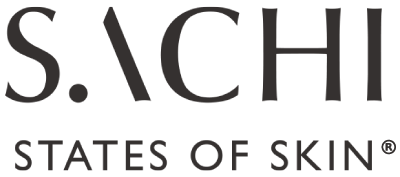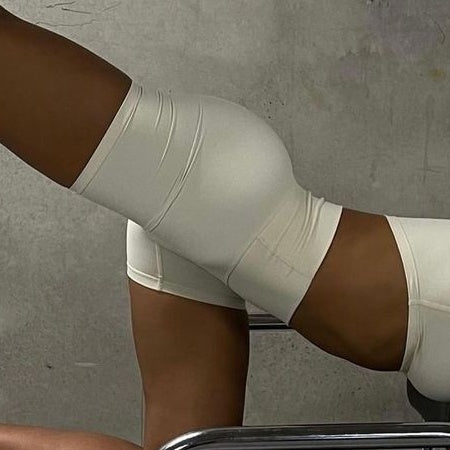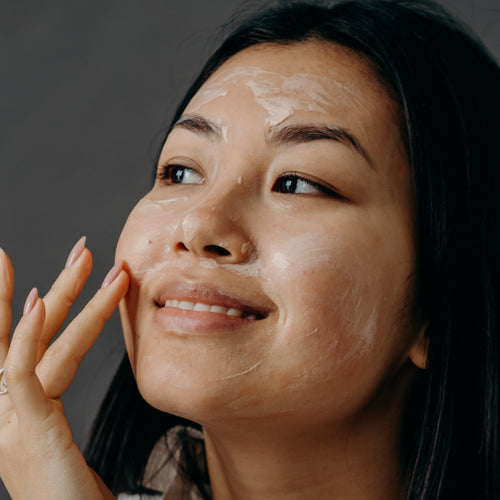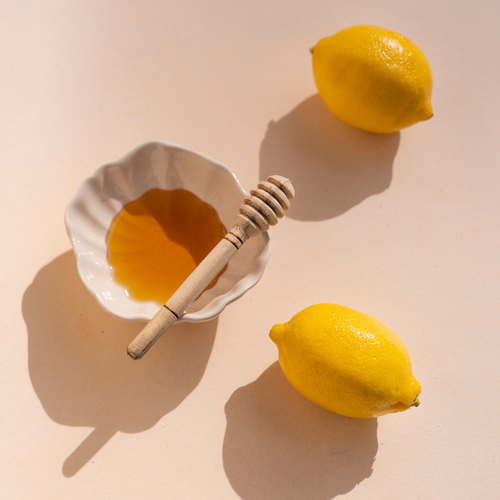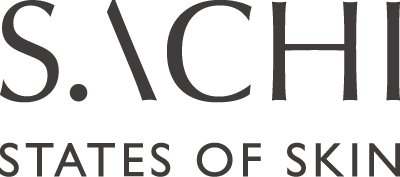5 min read
Exfoliation can sound unnerving, especially if you have sensitive or reactive skin states yet when formulated well and matched to your skin they can work gently to target multiple skin concerns from hyperpigmentation to boosting collagen. Here is our comprehensive guide to help you navigate exfoliation, so you can make the right choice for your skin state and concerns.
Let’s start with the fundamentals – Do you know what exfoliation actually does?
Exfoliation can be your answer to instantly renewed, smoother, more radiant skin. Yet, it does far more than meets the eye, which is why it is staple in many routines. It works at multiple levels to lift discolorations, target dark spots, hyperpigmentation, blemishes, congestion, fine lines, wrinkles and at certain percentages, it can boost collagen.
In simple terms it is the process of removing the outermost layers of the stratum corneum (or dead skin, as we sometimes call it). This, however, is not a new discovery. Our skin has naturally been self exfoliating since the dawn of time. New skin is approximately regenerated every 28-40 days . In a process called desquamation, where the enzyme in our outermost skin layers breaks the bond between the dead skin (desmosome) naturally. The length of the cycle of self-exfoliation (sometimes referred to as skin renewal) will depend upon a number of factors but as you age, this cycle grows longer from self renewing every 2-3 weeks to a cell turnover that extends to 4-6 weeks or longer. In other words, as we grow older and with oxidative stress, self-exfoliation becomes more difficult. As the cellular turnover slows down and the bond becomes denser, our skins look dull and lackluster, this is where exfoliation can help.
What Type of Exfoliation Do I Need?
Exfoliation in itself is extremely broad and can be confusing and with numerous options from manual, chemical to enzyme exfoliants, how can we be assured we are making the right decision for our skin?


Let’s review the types of exfoliants before we determine the right fit for your skin.
Face Exfoliants are mostly either physical or chemical (acids and enzymatic):
Physical Exfoliants use tools and substances to manually remove dead skin. You might have come across these as cleaning brushes, sponges, scrubs and rice powders. Sometimes we forget that home tools as simple as face towels can have some level of facial exfoliation due to the friction created between the towel and skin.
Chemical Exfoliators on the other hand can generally either be acids or enzymes.
Acids exfoliate your dead or shedding skin cells by breaking down the bond between them. Enzymatic exfoliants, on the other hand, break down the protein bonds that hold dead (or shedding) skin cells together and as a result are believed to be gentler Some common enzymatic exfoliants are bromelain (derived from pineapple), papain (derived from papaya), and pumpkin enzyme. Meanwhile, some common acid exfoliants are AHA and BHA.
Chemical (acid) exfoliants are a popular choice. They have been extensively studied over the last 40-50 years, are recommended because they are less abrasive, provide more wide ranging benefits, and have been thoroughly researched for safety and efficacy. While they work at a very superficial level they can work at a deeper level to stimulate collagen (this will depend on the size, pH and concentration of acids used on the skin).
Types of Acid (Chemical) exfoliants
There are generally three types of acid exfoliants: alpha-hydroxy acids (AHA), poly-hydroxy acids (PHA) and beta-hydroxy acids (BHA).
AHAs are water soluble acids that can improve moisture for your skin. AHAs, however, can increase sun sensitivity. These can be sourced from various plants, milk and most commonly synthetically derived. Some AHAs include glycolic acid, lactic acid, mandelic acid, malic acid and tartaric acid. Glycolic acid and lactic acid are among the most effective AHAs in terms of performance; they are also the smallest in molecular structure.
BHAs on the other hand are oil soluble. A widely known BHA is salicylic acid. However, it is not a true BHA. Salicylic acid is a derivative of benzoic acid where the hydroxyl and carboxyl group are attached to an aromatic benzene ring, unlike a true BHA. However, they are widely available in cosmetic dermatology, therefore, they have been recognized as BHA. Salicylic acid is oil-soluble and penetrates deeply into pores. Malic acid and citric acid are also considered as both AHA and BHA because they contain both hydroxyl groups in alpha and beta position.
PHAs are considered as second-generation AHAs and have two or more OH or hydroxyl groups on the molecule. As a chemical exfoliant, PHAs are larger in molecular size which makes it hard for it to penetrate deeper into the skin. They tend to be gentler and less irritating on the skin, making it a popular choice for sensitive skin. Some common PHAs include gluconolactone and lactobionic acid.
PHAs benefits Include:
- Gentle Exfoliation: PHAs are recommended for people with sensitive skin because of their larger molecular structure and less penetration. It also helps with skin issues like eczema, atopic rosacea and decreases redness.
- Fighting Radical Damage: Studies have shown that most PHAs have antioxidant properties that can undo or prevent UV and pollution-induced free radical damage to collagen and skin cells.
- Decreasing Glycation: Glycation is the process that occurs when digested sugar attaches to the collagen in our skin and weakens it, wearing down both collagen and elastin in our skin. PHA’s help reduce advanced glycation end-products, and improve sallowness and tone. Glycation inhibitors are useful to help preserve skin’s own natural collagen and enhance skin elasticity and resiliency.
AHAs Benefits Include:
- Increase cellular turnover: According to various studies, 2-5% AHA weakens the cell adhesions or the bond called desmosomes between dead cells, resulting in exfoliation of the outermost layer of skin leaving the skin healthier, radiance, and glowing. At higher concentrations they reduce corneocyte cohesion and lead to dermal thickening, leaving the skin firmer.
- Depigmentation agent/ targeting hyperpigmentation: Few studies reported that glycolic acid and lactic acid help by suppressing melanin production by directly inhibiting tyrosinase activity.
- Hydration: Lactic acid that has NMF (natural moisturizing factor) properties and helps hydrate, moisturize and support water retention by the skin.
- Ageing: Can stimulate collagen synthesis, GAG synthesis and hyaluronic acid levels. This leaves the skin well hydrated, smoother, fading wrinkles and fine lines over time.
BHAs benefits Include:
- Pore exfoliation: The mechanism of BHAs in exfoliation is generally similar to AHAs by loosening the bond between dead skin. However due to their lipophilic properties, BHA is able to penetrate deeper into pores to clear pore lining from sebum/ dirt that eventually leads to a reduction in comedones and acne.
- Sebum control: In one study, salicylic acid also decreases secretion of sebum in patients of acne which is great for oily and blemish prone skin. The reduction of over-secretion sebum in turn leads to a reduction of clogged pores and prevents blemishes.
- Anti-inflammatory: Salicylic acid also has anti-inflammatory properties that can help to minimize facial redness or irritation and soothe inflamed acne.
As we conclude the first part of our series, we hope this helped you understand the fundamentals of Exfoliants. In part 2 we will look into:
- How to choose the right acid exfoliant “type” for your skin
- How to incorporate acid exfoliants into your routine
- Debunking some common exfoliant myths.
Click here to read Dioic Acid
Click here for our Complexion Clarifying Accelerator
Click here to read Retinoid Series Part 1
References:
https://www.ncbi.nlm.nih.gov/pmc/articles/PMC3941867/
https://www.ncbi.nlm.nih.gov/pmc/articles/PMC6017965/
https://www.ncbi.nlm.nih.gov/pmc/articles/PMC3047947/
